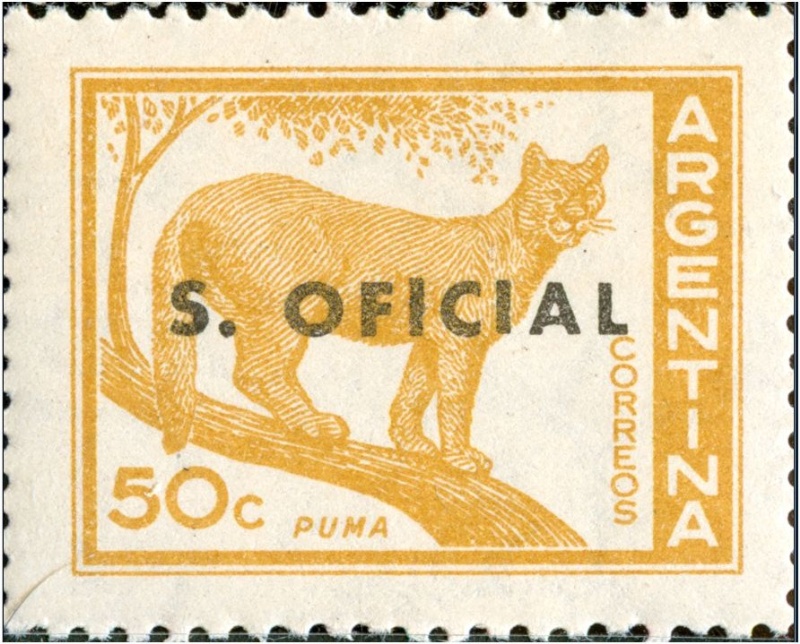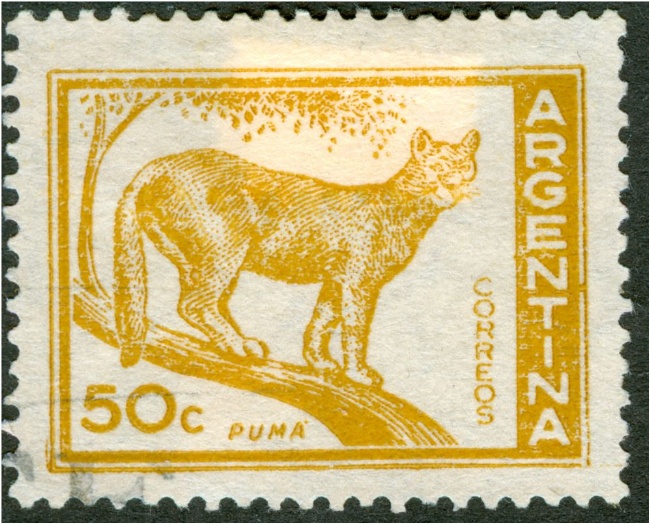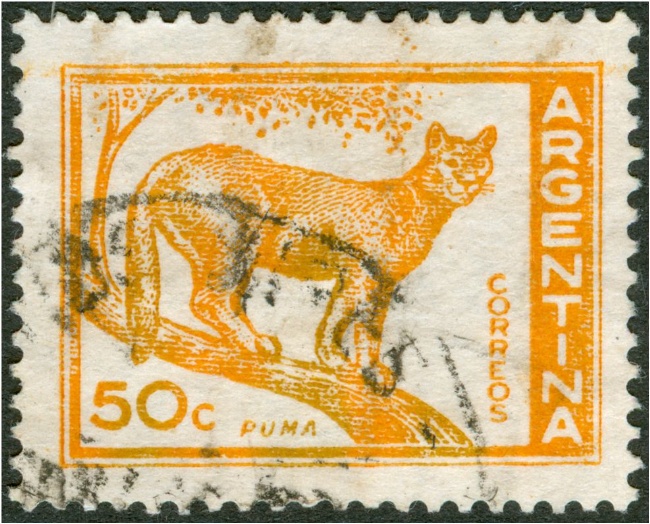|
|
|
|
|
|
|
| nummer / number |
waarde / denomination |
beschrijving / description |
kleur / colour |
afbeelding / illustration |
|
|
|
|
|
|
|
|
|
|
|
niet gecoat papier / not coated paper / papel no tizado |
|
|
|
|
|
|
|
|
|
|
|
| 1959-01 |
10c Yacaré |
offset / offset-litho |
groen / green |
 |
|
|
|
a |
orthogonaal watermerk, asymmetrisch / orthogonal watermark, a-symmetrical / filigrana ortogonal ; papierrichting / direction of paper / eje de enrollamiento ↔ |
|
 |
|
|
|
b |
orthogonaal watermerk, asymmetrisch / orthogonal watermark, a-symmetrical / filigrana ortogonal ; papierrichting / direction of paper / eje de enrollamiento ↕ |
|
 |
|
|
|
|
|
|
|
|
|
|
|
MN hor - vert |
|
|
|
|
|
|
|
|
|
|
|
| 1959-02 |
20c Llama |
offset / offset-litho |
paars kastanje / chestnut purple / castaño lila |
 |
|
|
|
a |
orthogonaal watermerk, asymmetrisch / orthogonal watermark, a-symmetrical / filigrana ortogonal ; papierrichting / direction of paper / eje de enrollamiento ↔ |
|
 |
|
|
|
b |
orthogonaal watermerk, asymmetrisch / orthogonal watermark, a-symmetrical / filigrana ortogonal ; papierrichting / direction of paper / eje de enrollamiento ↕ |
|
 |
|
|
|
|
|
|
|
|
|
|
|
|
|
|
|
|
|
|
|
|
|
|
|
| 1959-03 |
50c Puma |
offset / offset-litho |
geel oker / yellow ochre / ocre amarillo |
 |
|
|
|
|
|
|
 |
|
|
|
a |
orthogonaal watermerk, asymmetrisch / orthogonal watermark, a-symmetrical / filigrana ortogonal ; papierrichting / direction of paper / eje de enrollamiento ↔ |
|
 |
|
|
|
b |
orthogonaal watermerk, asymmetrisch / orthogonal watermark, a-symmetrical / filigrana ortogonal ; papierrichting / direction of paper / eje de enrollamiento ↕ |
|
 |
|
|
|
c |
parallel watermerk, asymmetrisch / parallel watermark, a-symmetrical / filigrana paralela ; papierrichting / direction of paper / eje de enrollamiento ↕ |
|
 |
|
|
|
|
|
|
|
|
|
|
|
MN - vert; MI - hor ; MI - vert |
|
|
|
|
|
|
|
|
|
|
|
|
|
gecoat papier / coated paper / papel tizado |
|
|
|
|
|
|
|
|
|
|
|
| 1959-04 |
50c Puma |
offset / offset-litho |
oker / ochre /ocre claro |
 |
|
|
|
|
|
|
 |
|
|
|
a |
watermerk / watermark / filigrana Casa de Moneda ; papierrichting / direction of paper / eje de enrollamiento ↔ |
|
 |
|
|
|
|
|
|
|
|
|
|
|
|
|
|
|
|
|
|
niet gecoat papier / not coated paper / papel no tizado |
|
|
|
|
|
|
|
|
|
|
|
| 1959-05 |
50c Puma |
boekdruk / typography |
donker oker / dark ochre / ocre oscuro |
 |
|
|
|
|
|
|
 |
|
|
|
a |
orthogonaal watermerk, asymmetrisch / orthogonal watermark, a-symmetrical / filigrana ortogonal ; papierrichting / direction of paper / eje de enrollamiento ↔ |
|
 |
|
|
|
|
|
|
|
|
|
| 1959-06 |
1p Caballo |
boekdruk / typography |
rood / red |
 |
|
|
|
a |
orthogonaal watermerk, asymmetrisch / orthogonal watermark, a-symmetrical / filigrana ortogonal ; papierrichting / direction of paper / eje de enrollamiento ↔ |
|
 |
|
|
|
|
|
|
|
|
|
|
|
MN - UV donker of rood |
|
|
|
|
|
|
|
|
|
|
|
|
|
S. Oficial in 2-kleurige offset / bi-coloured offet-litho |
|
|
|
|
|
|
|
|
|
|
|
|
|
niet gecoat papier / not coated paper / papel no tizado |
|
|
|
|
|
|
|
|
|
|
|
| 1959-07 |
10c Yacaré S. Oficial |
offset / offset-litho |
groen / green |
 |
|
|
|
|
|
|
 |
|
|
|
|
|
|
 |
|
|
|
|
|
|
|
|
|
| 1959-08 |
20c Llama S. Oficial |
offset / offset-litho |
|
 |
|
|
|
|
|
|
 |
|
|
|
|
|
|
 |
|
|
|
|
|
|
|
|
|
| 1959-09 |
50c Puma S. Oficial |
offset / offset-litho |
beige / bistre |
 |
|
|
|
|
|
|
 |
|
|
|
|
|
|
 |
|
|
|
|
|
|
|
|
|

































